In the Summary of Opinions of BoJ’s March 18-19 meeting, it’s said, “for the time being, it is important for the Bank to firmly continue with policy responses to the impact of COVID-19. The Bank should continue to provide support for financing, mainly of firms, and ensure stability in financial markets.”
BoJ’s policy actions decided at the meeting “have ensured the sustainability and nimbleness of policy measures that are necessary to achieve the price stability target”. And, it’s “desirable” for the framework to continue to be the basic guideline for “a few years to come”.
Long-term interest rates were allowed to move in a wider range of plus and minus 0.25%. “This flexibility is desirable since it prevents arbitrageurs and speculators who had lost their profit opportunities from exiting the bond market and helps maintain the price stabilization function in the market.”
The revision on ETFS purchases were made “to conduct purchases more effectively”. It’s necessary to “avoid a misunderstanding that the Bank has adopted a less accommodative stance on monetary policy.
The “inflation-overshooting commitment” implies that monetary easing will be continued for a “long period”. As a “deflationary risk” is a “matter of concern at present”, the commitment shows BoJ’s “strong stance that it will not head toward an exit easily.”
Full summary of opinions here.
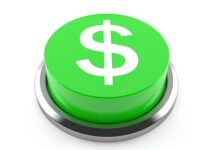



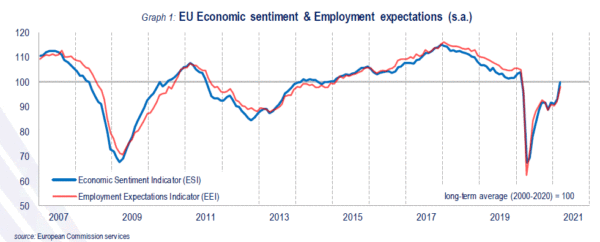
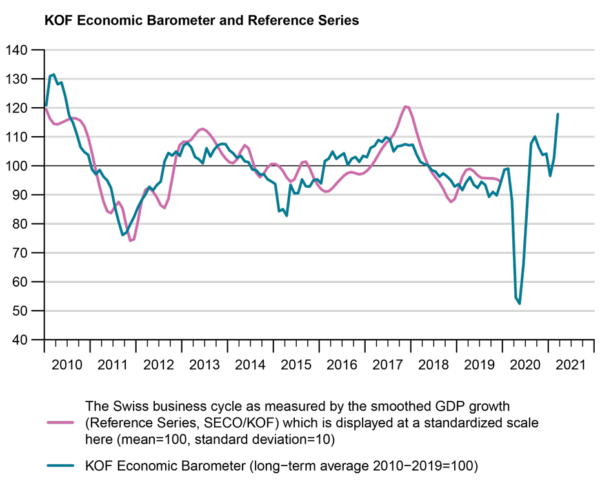
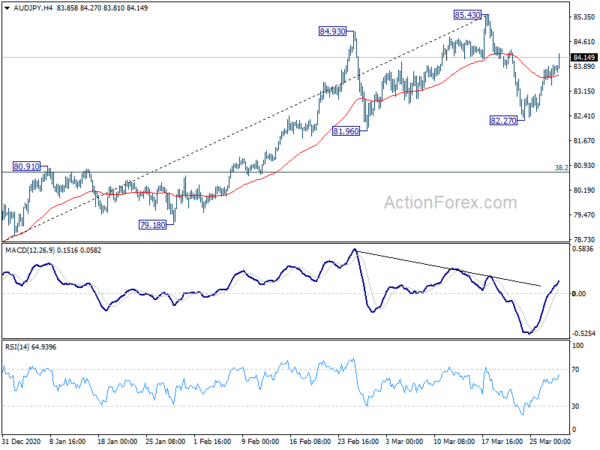
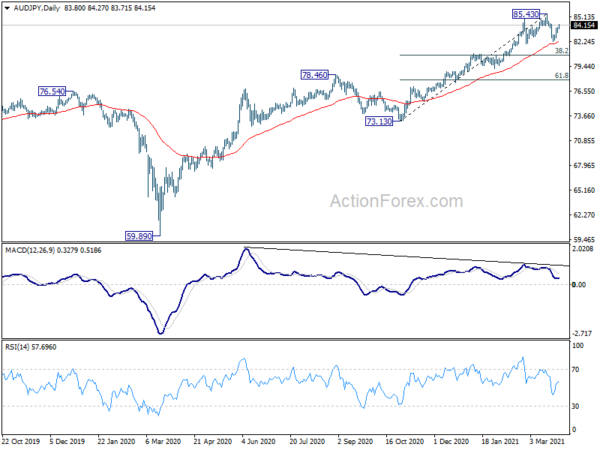
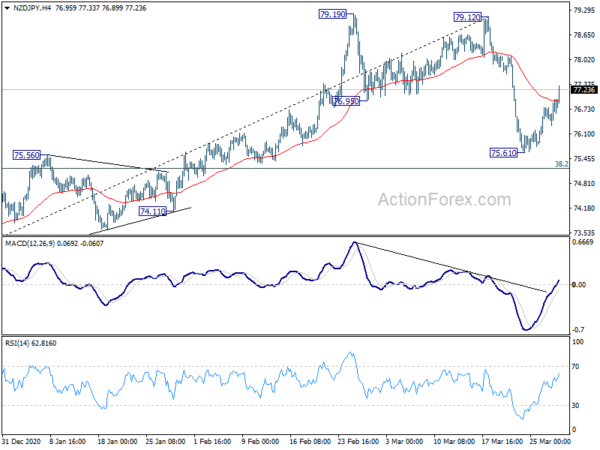
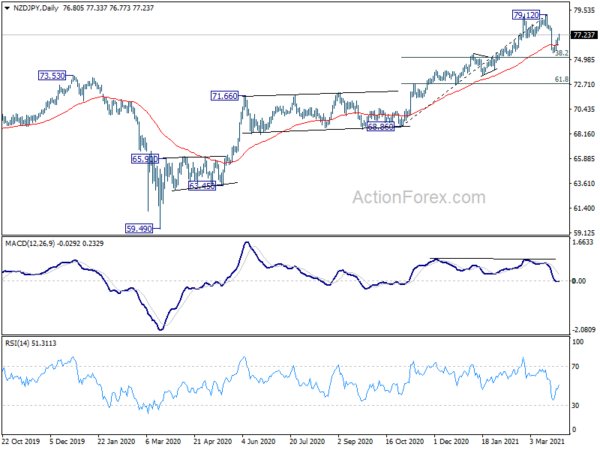
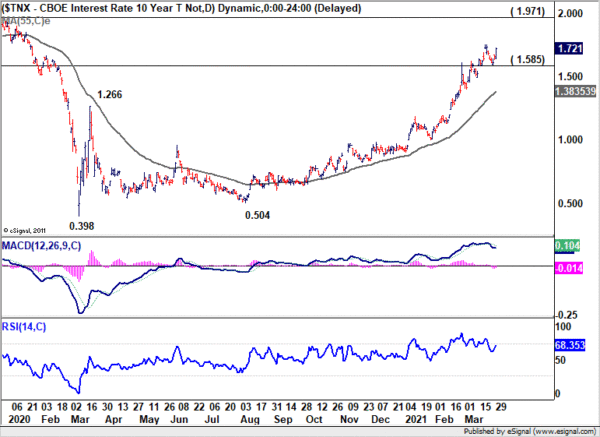
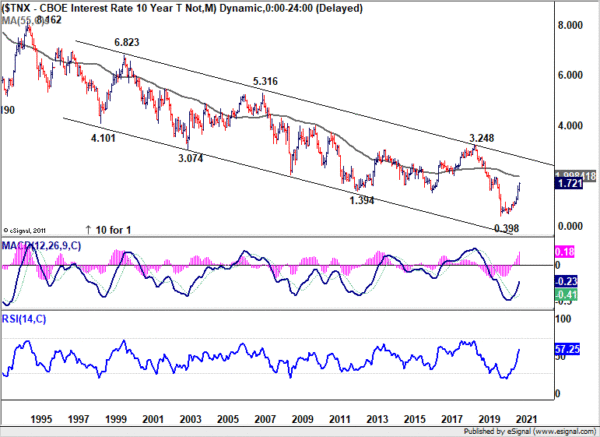
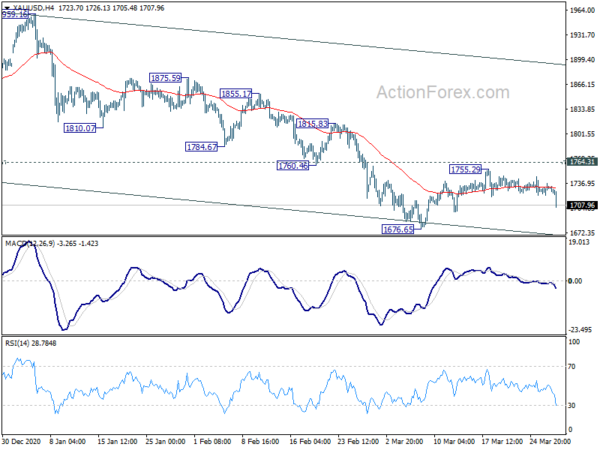
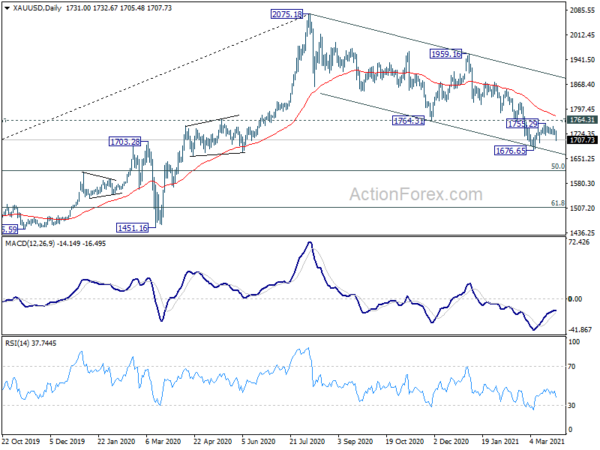
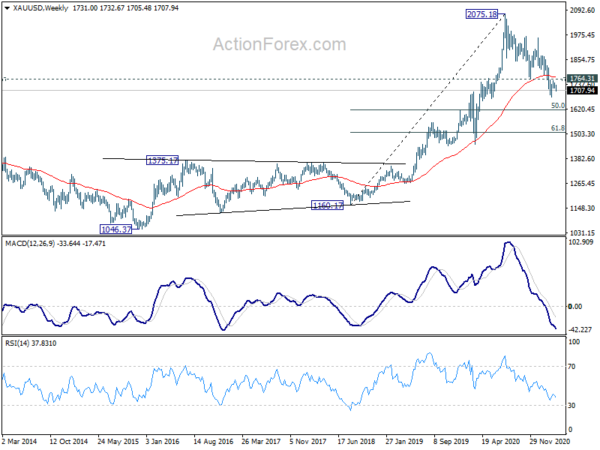
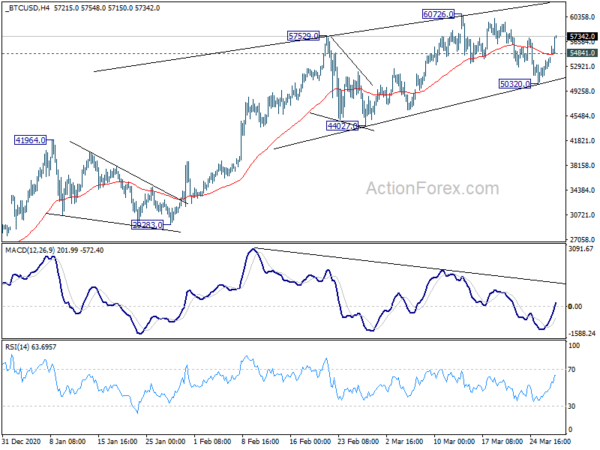
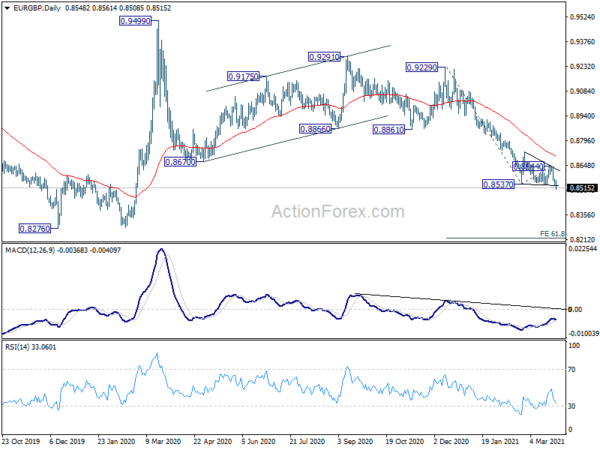
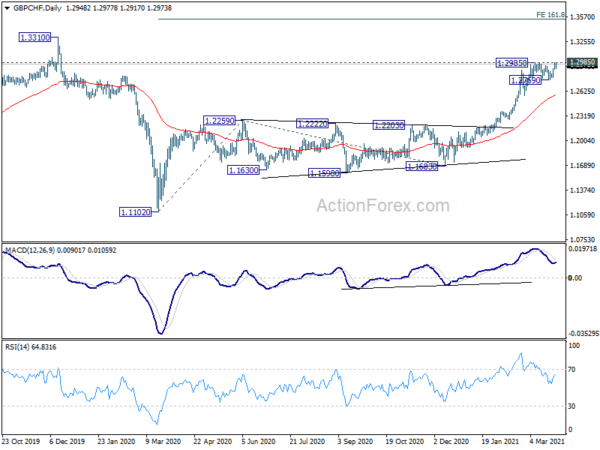
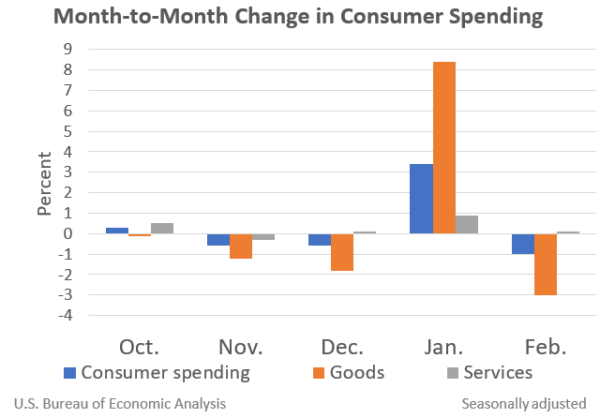
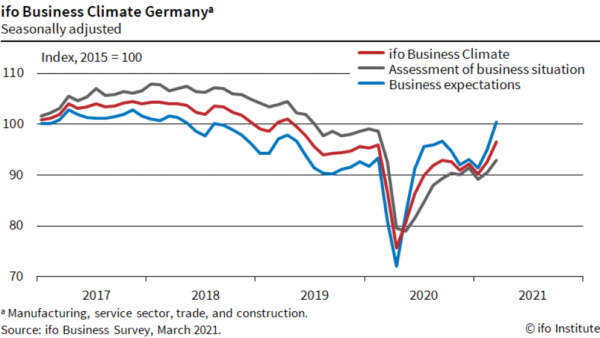
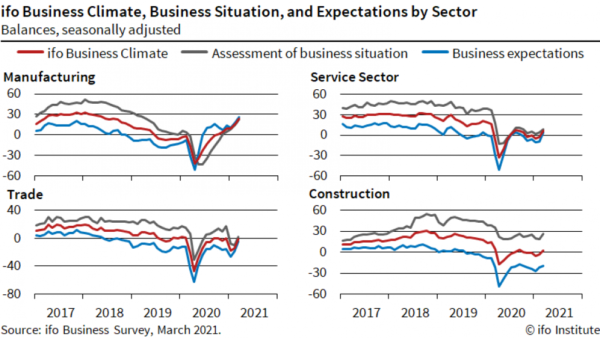
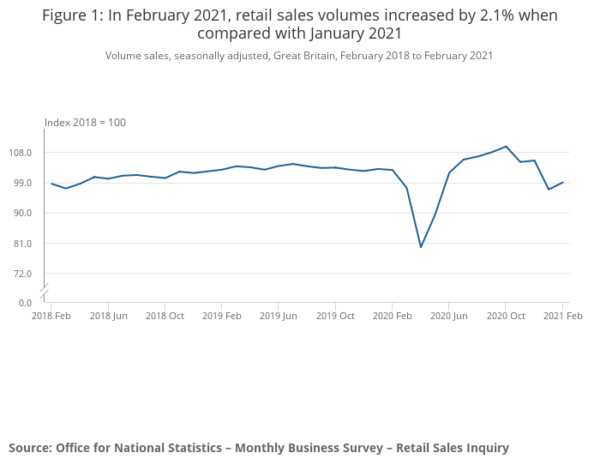

New Zealand ANZ business confidence dropped to -4.1, demand overshoot wanes
New Zealand ANZ Business Confidence dropped to -4.1 in March, comparing to preliminary reading at 0, and down from February’s 7. Own Activity Outlook dropped to 16.6 (prelim. at 17.4), down from 21.3. Export intentions dropped to 4.5, down from 5.1. Investment intentions dropped to 11.9, down from 15.6. Employment intentions rose to 14.4, up from 10.6. Pricing intentions rose to 47.3, up from 46.2.
ANZ said: “The March snap lockdowns make Business Outlook data a little harder to interpret. However, it is consistent with our view that as the demand overshoot wanes and the tourists are missed more and more, the economy will go largely sideways this year. The quicker cooling we now expect in the housing market plays into this theme as well. The vaccine rollout and the subsequent border re-opening will be game-changers, though it won’t be click-of-a-switch stuff. But there’s a path to the new normal, whatever precisely that looks like, and we’re on it. We’ll be keeping an eye on construction for possible bumps in the road.”
Full release here.